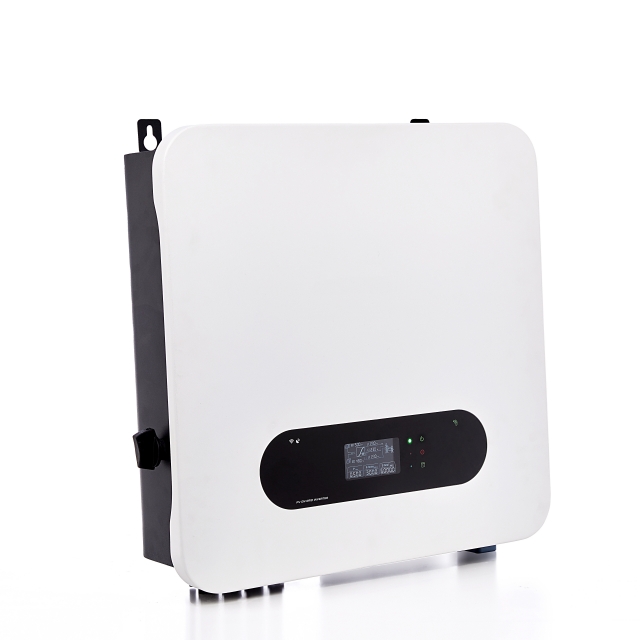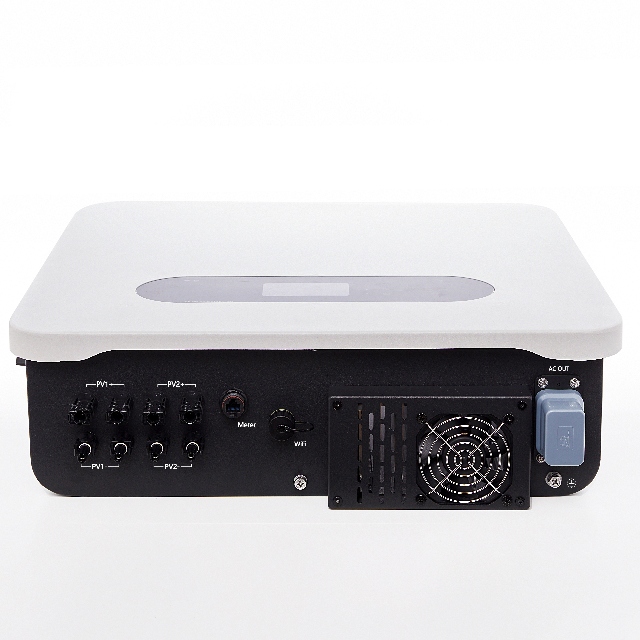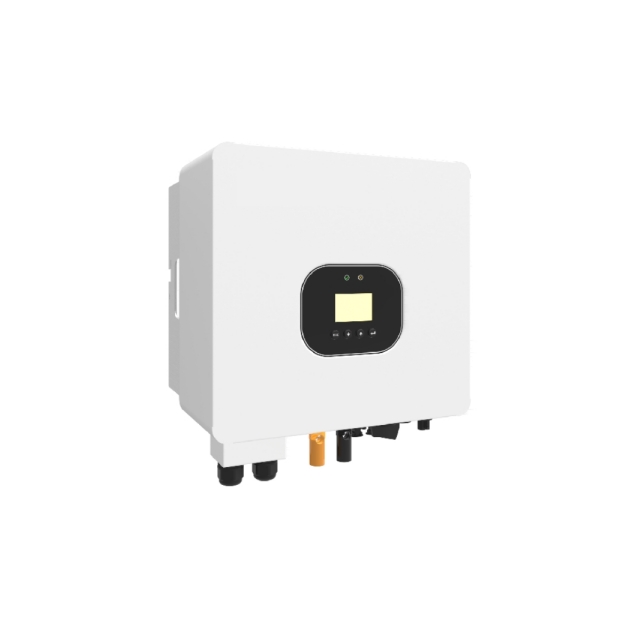Author:BLD Solar Energy SystemFROM:Solar System Converter Manufacturer TIME:2023-12-28
The solar industry has experienced significant growth in recent years, with solar panels becoming an increasingly popular choice for renewable energy generation. One essential component of a solar panel system is the hybrid solar inverter, which converts the direct current (DC) generated by the solar panels into alternating current (AC) for use in households or businesses. In this article, we will conduct a market analysis of hybrid solar inverter prices, exploring the factors that influence their costs and the current trends in the industry.

Several factors contribute to the pricing of hybrid solar inverters. Firstly, the power rating of the inverter plays a significant role. Higher power ratings allow for larger solar installations, enabling greater energy production. In general, inverters with higher power ratings tend to have higher prices due to the increased manufacturing costs and advanced technologies required to handle larger capacities.
Furthermore, the type and quality of the inverter also impact its price. There are two main types of hybrid solar inverters: string inverters and microinverters. String inverters are commonly used in larger installations, while microinverters are preferred for smaller systems or situations where shading is a concern. Microinverters generally carry a higher price tag due to their individual panel-level optimization capabilities, resulting in improved system performance and overall output.
In addition to type and power rating, the brand and reputation of the manufacturer can significantly influence the price of a hybrid solar inverter. Established brands with proven track records often command higher prices, as they are perceived to offer better reliability, service, and warranties. On the other hand, lesser-known brands may offer more affordable options, but consumers should carefully evaluate product specifications and customer f

Over the past decade, hybrid solar inverter prices have shown a gradual decline, largely driven by advancements in technology and economies of scale. As the solar industry continues to mature, manufacturers are adopting more efficient production processes and leveraging the benefits of mass production. This has led to cost reductions and subsequently lower prices for hybrid solar inverters.
Moreover, the increasing demand for renewable energy solutions has fostered competition among manufacturers, further driving down prices. This competitive market environment has motivated companies to innovate and differentiate their products, enticing consumers with enhanced features, such as smart grid integration, remote monitoring capabilities, and improved efficiency. Consequently, consumers can now find a wide range of hybrid solar inverters at varying price points, catering to diverse needs and budget constraints.
Another notable trend in hybrid solar inverter prices is the decreasing price gap between string inverters and microinverters. In the past, microinverters were considerably more expensive due to their advanced technology and individual panel-level optimization. However

In conclusion, the pricing of hybrid solar inverters is influenced by factors such as power rating, type, quality, brand, and reputation. While higher power ratings and superior technologies may command higher prices, the market trends indicate overall cost reductions in hybrid solar inverter prices. Advancements in technology, increased competition, and economies of scale have contributed to this decline, making solar energy more accessible and affordable for consumers. As the solar industry continues to evolve, it is expected that hybrid solar inverter prices will continue to become more competitive, offering greater value and efficiency for renewable energy generation.
